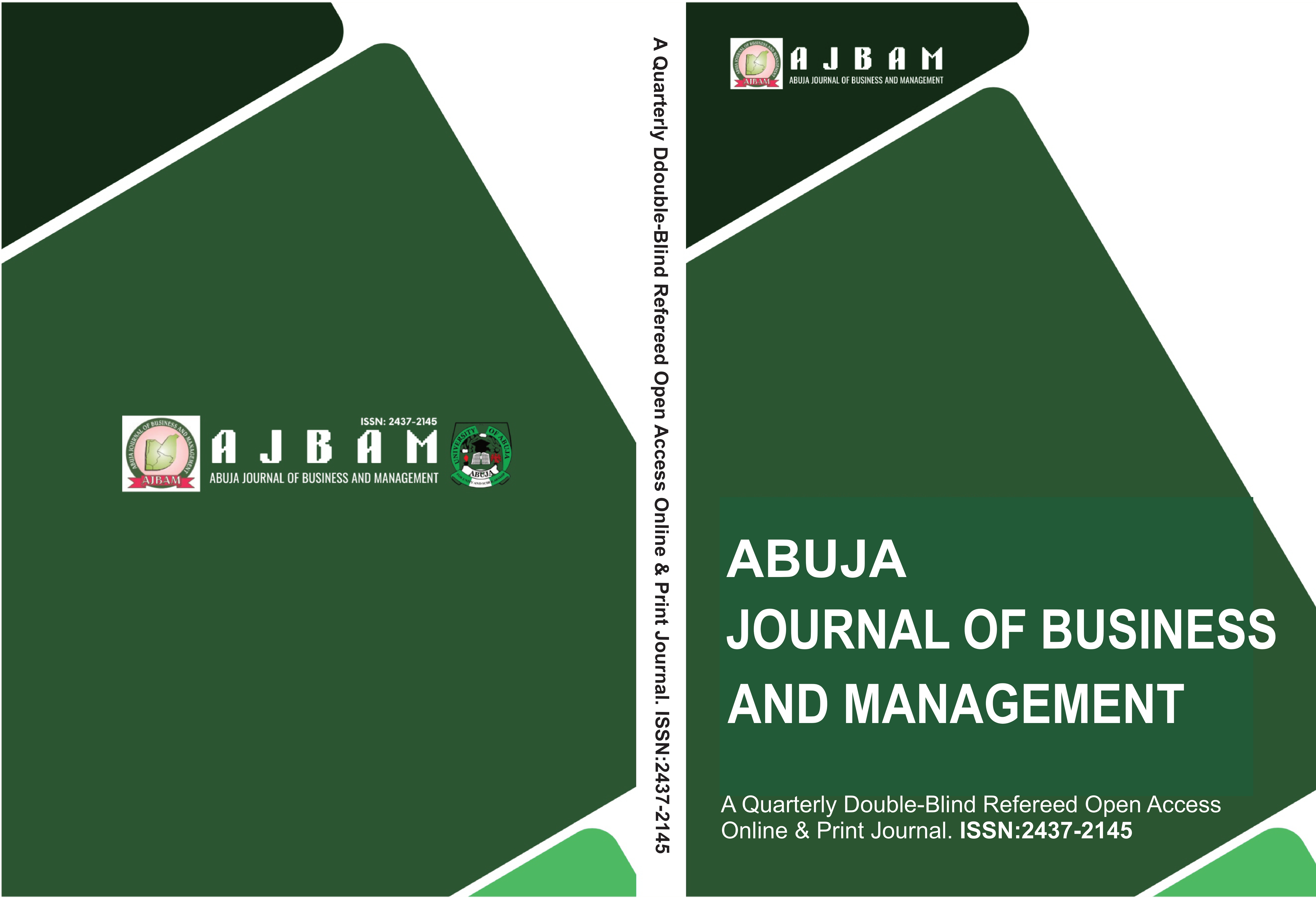TALENT MANAGEMENT AND THE PERFORMANCE OF REVENUE MOBILIZATION ALLOCATION AND FISCAL COMMISSION IN ABUJA
DOI:
https://doi.org/10.7118/tvdy8468Keywords:
Talent Management, Talent Development, Talent Retention, Talent Acquisition, Performance, Employee Performance, Operational Efficiency and Strategic AlignmentAbstract
The study investigated the impact of talent management on the performance of the Revenue Mobilization Allocation and Fiscal Commission (RMAFC) in Abuja. This research aimed to examine how talent management practices influence RMAFC's overall effectiveness in Abuja. A quantitative approach was utilized, with data collected through a closed-ended questionnaire distributed to RMAFC staff members in Abuja. The entire population of 386 employees was included as the sample size using a census method. Hypotheses were tested using simple regression analysis, analysis of variance (ANOVA), and coefficient analysis, conducted with SPSS Version 27.0. Findings indicated that talent management significantly impacted RMAFC's performance in Abuja. Specifically, talent development, retention, and acquisition showed a meaningful effect on employee performance, operational efficiency, and the strategic alignment of RMAFC in Abuja. The study concluded that implementing effective talent management strategies positively influences the commission’s performance. It recommended that RMAFC's leadership focus on the entire employee lifecycle, from recruitment and onboarding to ongoing development, performance evaluation, and succession planning. This approach should prioritize robust talent development, retention, and acquisition strategies to consistently enhance both employee and organizational performance.
Downloads
Published
Issue
Section
License
Copyright (c) 2024 Nana U. Bature, Ovivi Audu Jamiu, Garba Ibrahim Suleiman (Author)

This work is licensed under a Creative Commons Attribution 4.0 International License.
Authors retain copyright and grant the journal right of first publication with the work simultaneously. This work is licensed under Creative Commons Attribution 4.0 International



